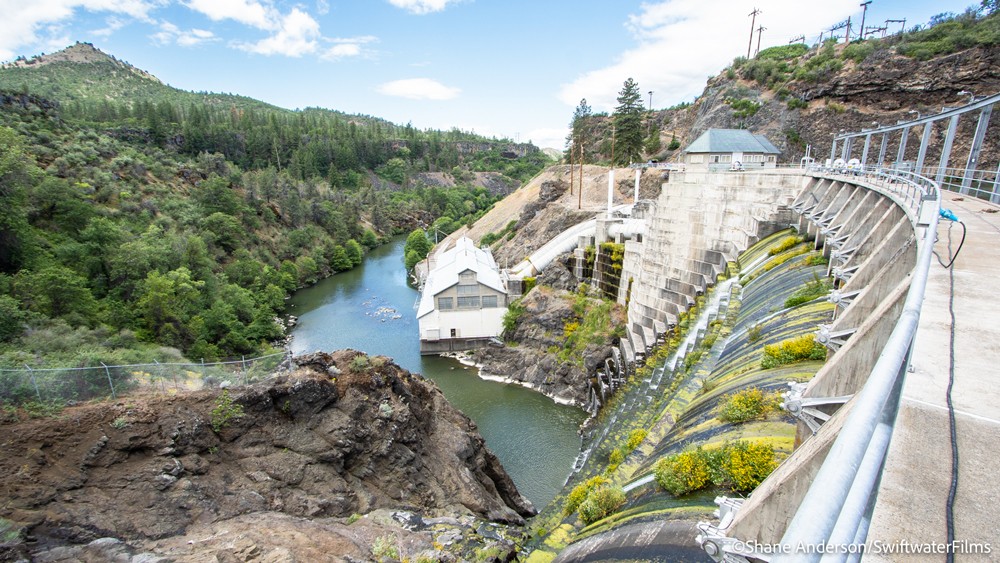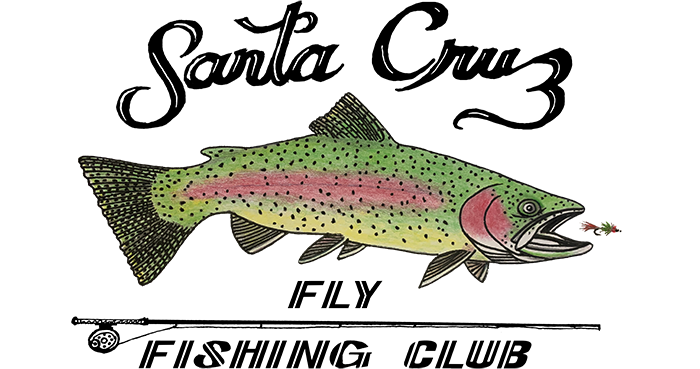
We’ve all been hearing about the decade-long effort to to get approval and funding to remove four dams on the Klamath River. The nation’s largest dam removal project is underway. The project cost estimate comes in at $500 million and is expected to have the river at a free-flowing state by the end of 2024.
So, what what is involved in a project like this?
Here are some numbers to give a sense of the scale. Remove 100,000 cubic yards of concrete, 1.3 million cubic yards of soil and 2,000 tons of steel. Fifteen million cubic yards of sediment that has accumulated behind the dams will be released.
What needs to happen prior to removal of the dams?
Seventeen million native plant seeds and 300,000 tree and shrub starts are being collected and prepared for planting the 2,000 acres that will be exposed after the reservoirs are drained. Invasive species are being removed. Water monitoring, wildlife surveys and barriers to protect fish in construction areas are being implemented. Endangered Lost River and short-nosed suckers will need to be relocated because they can’t survive in a flowing river. A new water line will need to be installed that is part of the delivery system to the town of Yreka. Some access roads will need to be widened and fortified to accommodate the heavy machinery required to demolish and remove the dam. Bridges will need to be reinforced. Nearby construction crew temporary housing needs to be provided. All this pre-demolition work need to take place before the dams can be removed.
The first dam to be demolished is Copco 2, the smallest of the four. This dam will have holes drilled and filled with dynamite. Hydraulic picks and other machinery will be used to break down the rubble into manageable chunks to be hauled away. While Copco 2 is being removed, the other three dams will be prepared for draw down and demolition.
This summary just touches the surface of all the details of this huge project. When all is said and done, the hope and expectation is that a healthy, free-flowing Klamath river will provide a much improved ecosystem. And with that, an extended reach of clean, cold habitat for re-establishing decimated Coho and Chinook salmon populations.
For more details and a deeper dive, see the excellent article found at: https://www.northcoastjournal.com/humboldt/undamming-and-restoring-the-klamath/Content?oid=26439802
The non-profit organization in charge of managing the project is Klamath River Renewal Corporation. Their website is: https://klamathrenewal.org/
Posted on May 31st, 2023
